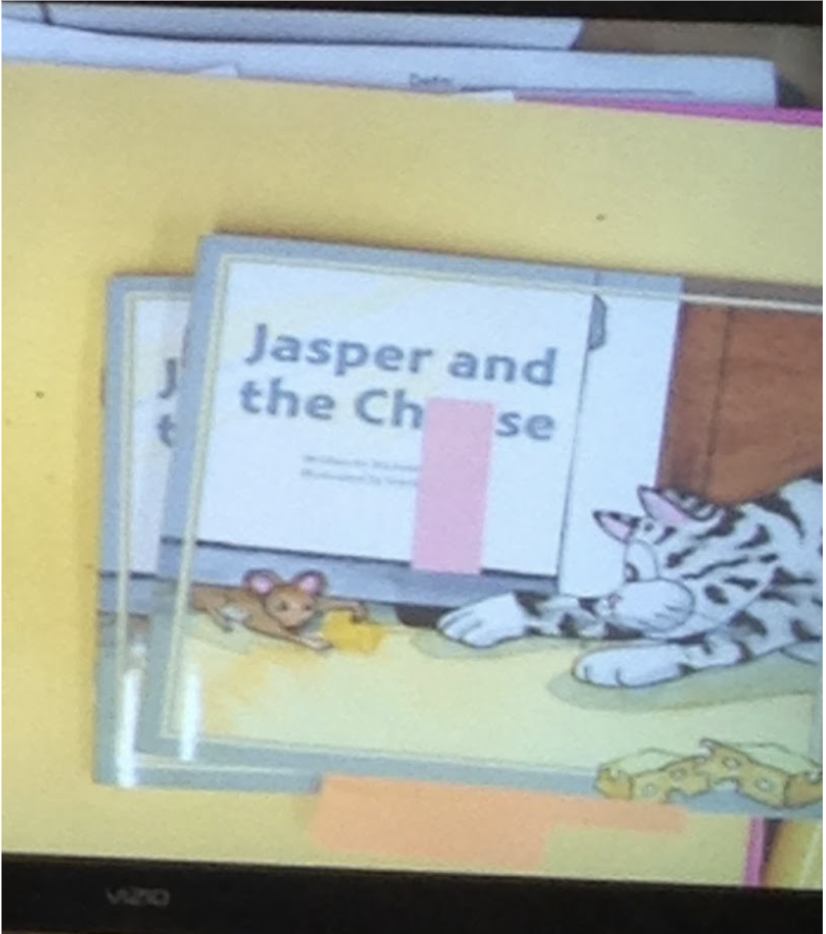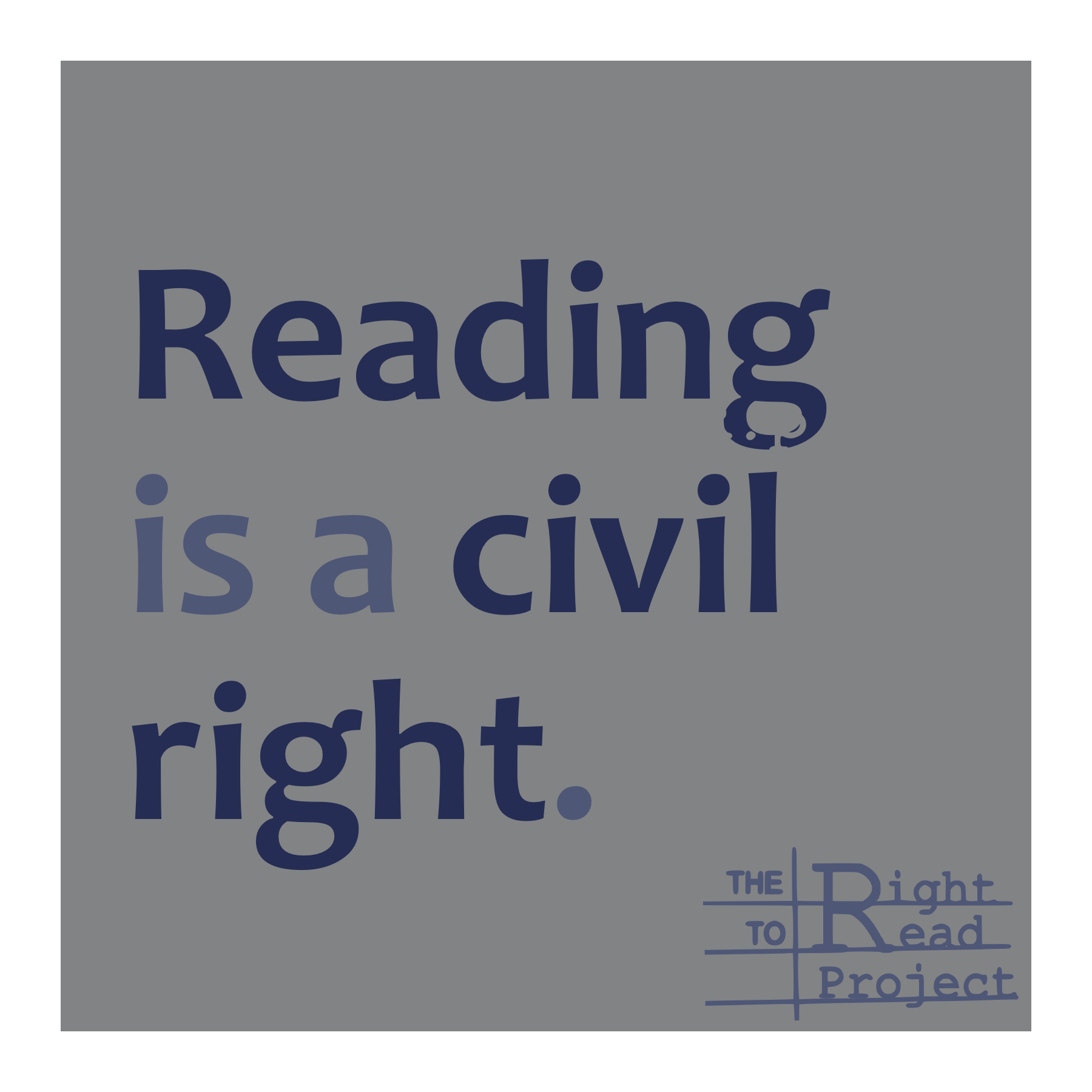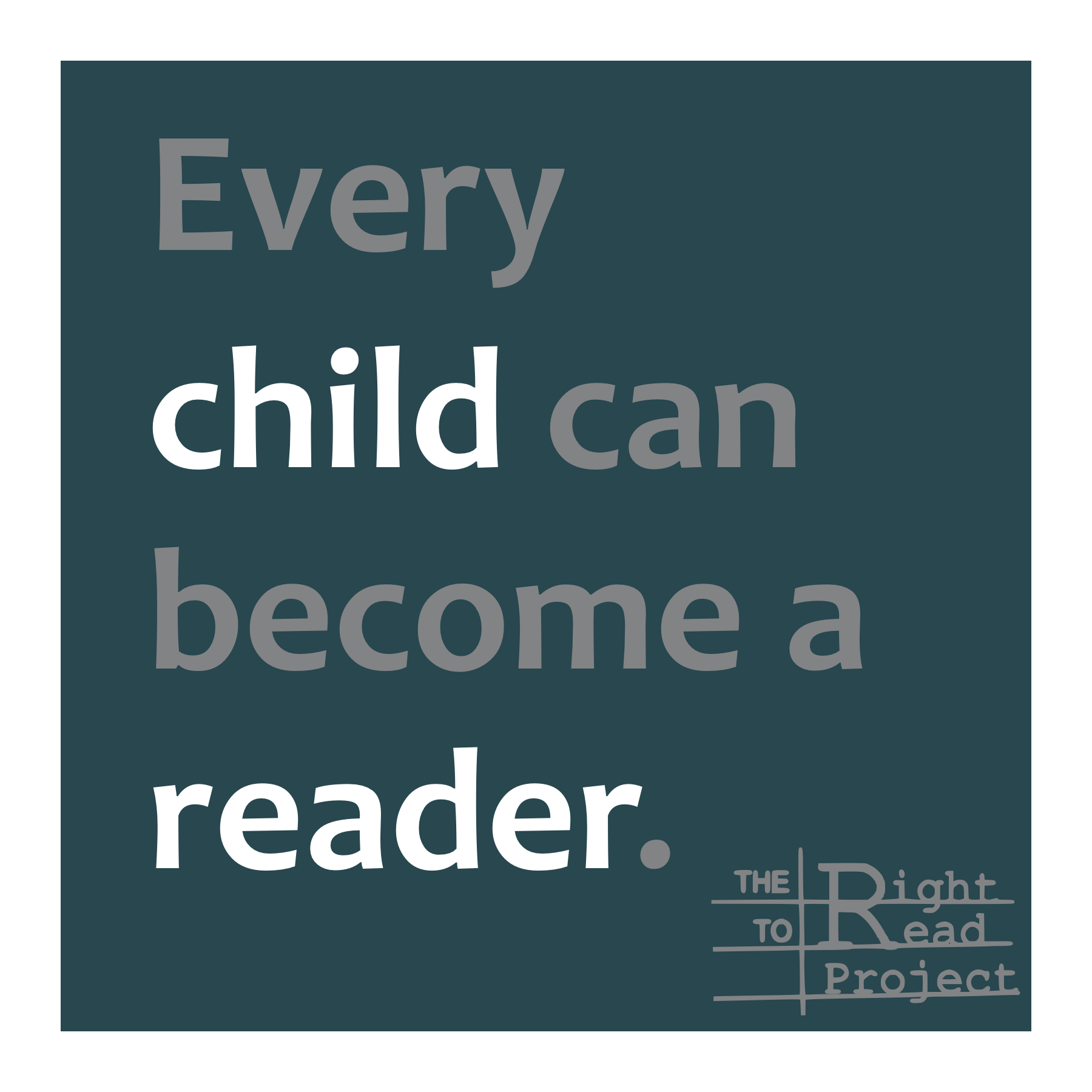As discussion of Emily Hanford’s new podcast builds, teachers are questioning stories we were sold by people we trusted. For some teachers, this is the first time they’ve doubted instructional materials that are ubiquitous in elementary and reading intervention classrooms. When we question the tenets of Balanced Literacy, teachers can unearth a trove of information. But how to make sense of it all?
As researchers Stanovich and Stanovich explain:
The current problem is how to sift through the avalanche of misguided and uninformed advice to find genuine knowledge. Our problem is not information; we have tons of information. What we need are quality control mechanisms.”
A lack of “quality control” has allowed disproven methods to take root in our classrooms and, if we don’t rethink our approach to finding answers, history may repeat itself. Dr. Emily Solari recently wrote:
While we’d be wise to “follow the evidence, not people,” it’s challenging for teachers to heed this advice. I’ve faced many of the obstacles that separate teachers from the information we need to help ensure all our students become readers.
Obstacle 1: Teacher Preparation
I chose the most rigorous teacher preparation I could find after college, but still I graduated ill-equipped to teach reading.
Looking back at the textbooks assigned, it’s easy to see why I was unprepared to teach students how to make sense of our written language. And you can see why I accepted the authority of Lucy Calkins, Irene Fountas, Gay Su Pinnell, and others who sold the problematic three-cueing theory.
But another problem is also apparent in this pile of books:
That book Kidwatching by Yetta Goodman? And the book on Piaget’s theories? We learned from those textbooks and our coursework that what teachers need to know about our students’ learning can be gleaned from observations of their behavior.
I learned to value running records and teacher-created assessments, and saw no need for other tests. I had no idea what it meant for an assessment to be norm- or criterion-referenced. I didn’t know that it was possible to collect data predictive of later reading success, so I was reluctant to test students in the primary grades. And I didn’t learn how to read data reports or understand the meaning of basic terms like, aimlines, percentiles, growth measures, and risk factors. Because I didn’t know how to interpret objective data, I didn’t trust it.
Confusion and distrust also impeded my access to research. Observations and surveys to collect self-reported data were the only kinds of research I was taught to do. We never read about large studies, like Project Follow Through or the Connecticut Longitudinal Study. Nor did we discuss the design and intention of Reading First, though many of us were student-teaching in districts heavily invested in the initiative.
In teacher preparation, I learned to keep my world small; to tune out the national discussion about school improvement, ignore objective data, and to accept guidance only from people who espoused progressive values and beat the drum of teacher autonomy.
Obstacle 2: Lack of Curriculum
Having heard that scripted curricula deprofessionalize teaching, I chose to teach fourth grade in a district that had no program for reading. I found class sets of several novels in the bookroom and got comprehension worksheets from my mentor teacher, but nowhere did I find guidance for how to teach students to comprehend the texts, let alone to help those struggling to decode the words.
When my students said By the Great Horn Spoon! was boring, I knew the book was going over their heads but in the absence of strategies to adjust my teaching, I changed the text instead. I fell prey to the Fountas and Pinnell leveling system which encouraged me to match students with books that they could easily read and understand.
I labeled my literacy block “Readers’ and Writers’ Workshop,” and appreciated that it allowed me to confer one on one or with small groups of students, jotting down observational notes. This was the kind of teaching I had been prepared to do.
Obstacle 3: Curriculum
When I was hired to support the implementation of the new curriculum Units of Study, I read and reread in professional development sessions the chapter entitled, “What Does Research Say All Readers Need?”
We all trusted that Calkins’ explanations of reading were accurate:
“Readers need to work with texts they can read with the smooth orchestration of sources of information that allows the magic to happen and meaning to be made.”
And so we followed the lessons, putting sticky notes over words, asking students “What kind of word would fit?” and prompting students to guess rather than decode words. We believed that because our district had purchased the curriculum published by a reputable company, written by experts at an Ivy League university, the strategies must be sound.
We also trusted that Calkins had accurately synthesized reading research for us, and so we followed her advice to prioritize independent reading time over teaching young children to read.
It wasn’t until I’d begun to question three-cueing that I began to follow the citations in our curriculum to the actual studies. I took copious notes but it was difficult to inspire my colleagues to read and discuss the articles I found.
Journal articles often require background knowledge about study-design and data analysis and lack the conversational tone used in publications like Units of Study to pull teachers in. It’s easy to ask teachers to read a quick chapter written by the authors of our curriculum that reinforces the things we already believe. It’s hard to break open the echo chamber.
Obstacle 4: Mandatory Professional Development
Required professional development is often an introduction to district-adopted curriculum that feels like an after-market sales pitch. Evidence of a program’s efficacy is offered in photos of happy children and in teacher testimonials.
Stanovich and Stanovich write:
Teachers and principals who select speakers for professional development activities should ask speakers for the sources of their conclusions in the form of research evidence in peer-reviewed journals. They should ask speakers for bibliographies of the research evidence published on the practices recommended in their presentations.
But due to our training and experiences, few of us working in schools can list the titles of peer-reviewed journals, let alone access them behind paywalls. Nor do we have the time or training to discern whether the information presenters share is reliable.
So the criteria for successful PD is often:
- Did we like the facilitator?
- Did we get ideas for refining teaching strategies we already use?
- Have we become more confident in our practice?
- Was the presentation engaging?
Obstacle 5: Voluntary Professional Development
Teachers College Reading and Writing Project has also perfected the art of voluntary PD. The trainings are led by charismatic facilitators who model instruction, tell stories about precocious students, and refer to prominent Balanced Literacy figures by their first names; “I really love the model Nell [Duke] developed…” “The new mini-lessons have a structure like the one Jen [Seravallo] uses…” We feel closer to greatness in these sessions and collect warm memories and easy-to-implement strategies.
The topics of the sessions are appealing and timely. When I began to question the foundational skills instruction in Units of Study, I was excited for the opportunity to attend The Institute on Foundational Reading Skills within a K-2 Reading Workshop, at Teachers College. We were taught strategies such as:
We were told that phonics was just one, not very reliable, way to figure out a word

TCRWP professional development sessions now carry titles like:
In that institute, we were taught about phonemic awareness and orthographic mapping, but the trainers never explained why the three-cueing strategies they’d previously taught us are ineffective, nor did they tell us which lessons in their published curriculum were likely to cause problems for our students.
Proponents of untested and pseudoscientific educational practices will never point to cases where they “got it wrong” because they are not committed to public knowledge in the way that actual science is. These proponents do not need, as Dennett says, “to get others to help in making the corrections” because they have no intention of correcting their beliefs and prescriptions based on empirical evidence.
Using Research and Reason in Education: How teachers can use scientifically based research to make curricular and instructional decisions
Obstacle 6: Charismatic Leaders
As teachers begin to question theories and wonder about new terms, it’s tempting to go back to the same sources of information, the warm and friendly leaders who facilitated our Balanced Literacy implementation.
But as tempting as it is to have someone else synthesize, explain, and present information to us, we need to remember how we ended up in this predicament:
Education is so susceptible to fads and unproven practices because of its tacit endorsement of a personalistic view of knowledge acquisition—one that is antithetical to the scientific value of the public verifiability of knowledge claims. Many educators believe that knowledge resides within particular individuals—with particularly elite insights—who then must be called upon to dispense this knowledge to others.
Using Research and Reason in Education: How teachers can use scientifically based research to make curricular and instructional decisions
We value leaders who have taught us because we value teaching. We care about respectful communication, patience, and personal connection because those qualities are essential to our practice in the classroom.
We are inclined to turn to people who feel familiar and safe, to ask them “What should I make of this debate that is circling around us?”
But we need to turn to new sources in order to gather the knowledge and skills that we missed earlier in our careers so we can:
- Understand how research studies are designed
- Evaluate evidence collected and presented by researchers
- Summarize the findings from important studies
- Know what valid and reliable assessment data tell us about our students
- Analyze the efficacy of our practice
- Ensure our instruction is evidence-based
This means continuing to practice our art, while accepting that we are in the field of behavioral science.
No one I know denies the artistic component to teaching. I now think, however, that such artistry should be research-based. I view medicine as an art, but I recognize that without its close ties to science it would be without success, status, or power in our society. Teaching, like medicine, is an art that also can be greatly enhanced by developing a close relationship to science.
Knowledge Is Power: A Talk to Teachers About a Revolution in the Teaching Profession
Overcoming
While it may be uncomfortable to stretch ourselves, facing this challenge will be worth it. By fully professionalizing teaching, we can ensure better outcomes for students and create better conditions for ourselves.
When many children don’t learn to read, the public schools cannot and will not be regarded as successful- and efforts to dismantle them will proceed.
American Federation of Teachers Periodical
We can put our trust in evidence rather than charismatic leaders, and address the flaws in our training to grow as a profession. The current national discussion about reading instruction can be our call to action.









I’m a bit puzzled that you have included Nell Duke as a ‘prominent Balanced Literacy figure’. Jen Seravallo–I get. But when I think about Duke’s articles and her appearance on Mark Seidenberg’s Reading Meetings, BL doesn’t come to mind first and foremost. Some clarification would be helpful. Thanks!
Thanks for your question!
Staff developers of Teachers College often provide Duke’s “Active View of Reading” article to schools who are concerned that they aren’t properly addressing foundational skills. The graphic moves conversations away from discussions of “explicit and systematic instruction” and into the more familiar territories of “motivation” and “executive function.”
So Balanced Literacy educators tend to walk away from these PDs believing that the Active View refutes the Simple View of Reading (and they never read the strong critiques of the model, such as: https://ila.onlinelibrary.wiley.com/doi/10.1002/rrq.446
Balanced Literacy leaders also appreciate that the guidance in Duke’s “When Readers Get Stuck” works well with the new Units of Study and other BL programs. Whether or not Dr Duke sees herself as a BL leader, the community does idolize her and she speaks the language of Balanced Literacy. (An example: “When Readers Get Stuck” harkens back to the “bible” many teachers studied from Fountas and Pinnell, When Readers Struggle)
A quick fun fact:
I probably chose to include Duke as an example because she was fresh in my mind. When Calkins came to visit my district two weeks ago, Lucy recommended that that district leaders invite “Nell” to speak next.